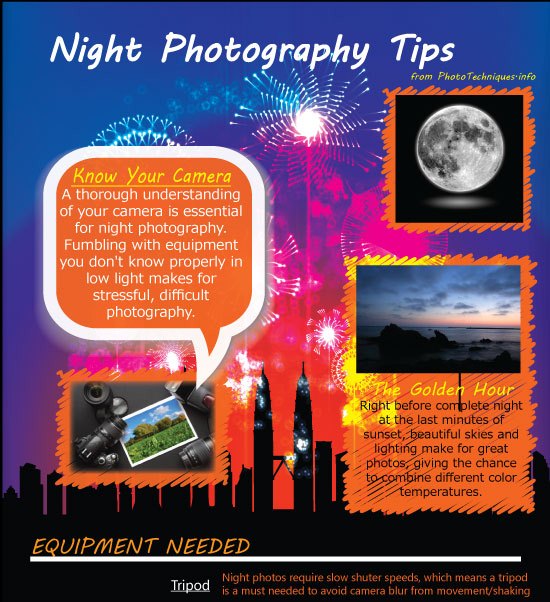What Every Photographer Needs To Understand About Lighting
What Every Photographer Needs To Understand About Lighting
Blog Article
Material By-Futtrup Heath
As a professional photographer, you recognize that lighting can make or damage your images. Understanding the subtleties of both natural and man-made light is important for capturing the state of mind and clarity you go for in your work. Whether https://fstoppers.com/business/marketing-understanding-different-photography-client-types-151740 chasing the perfect gold hour radiance or tweak your man-made arrangements, understanding these elements can elevate your photography substantially. Yet there prevail challenges that several neglect, and acknowledging them can change your approach to every shoot. Let's explore what https://www.liveinternet.ru/users/klein_silverman/post509040991 may be missing and just how it can influence your outcomes.
Understanding All-natural Light
Understanding all-natural light is essential for any kind of photographer looking to boost their work. It's the foundation of excellent photography, influencing mood, tone, and clarity. When you fire outdoors, focus on the time of day. The gold hour-- soon after dawn and prior to sundown-- supplies soft, cozy light that can transform ordinary scenes into spectacular images.
Do not underestimate Profile photographer near me of overcast days. Cloud cover diffuses sunshine, producing a soft, even light that's perfect for portraits and macro digital photography. You'll find colors pop in this sort of lighting without extreme shadows.
Positioning issues, also. Always consider your topic's alignment to the source of light. If the sunlight's behind your topic, you may wind up with a silhouette, which can be significant however mightn't be what you want. Alternatively, straight sunshine can develop uncomplimentary darkness.
Try out angles; in some cases, changing your point of view can generate remarkable outcomes. Use natural reflectors, like water or sand, to bounce light onto your subject, adding dimension.
Mastering Artificial Light
Grasping artificial light is important for digital photographers who intend to take their skills to the next degree. Whether you're making use of speedlights, studio strobes, or continuous lights, recognizing just how to manipulate these resources can considerably enhance your images.
Begin by acquainting on your own with the basics of light quality, direction, and shade temperature. Explore different modifiers like softboxes, umbrellas, or grids to control the softness or cruelty of the light.
You'll find that soft light typically develops flattering results, while harsher light can add drama and depth. Do not avoid shadows; they can improve the three-dimensionality of your topics.
Pay very close attention to the positioning of your lights. A light positioned also near to your topic can develop unflattering results, while also far can result in a lack of detail. Use a light meter or your camera's histogram to ensure you're exposing appropriately.
Last but not least, bear in mind that man-made light can be combined with ambient light for creative impacts. Balancing these sources could take practice, once you master it, your photography will genuinely radiate.
Strategies for Various Circumstances
When you enter various capturing situations, adjusting your lighting strategies is vital for catching the very best pictures. For exterior pictures, utilize the golden hour-- morning or late afternoon light-- to soften shadows and improve skin tones.
If it's an extreme midday sunlight, consider utilizing a reflector to bounce light back onto your topic or look for shaded locations for an extra also exposure.
In low-light situations, like indoor events, increase your ISO and use a wide aperture to allow in even more light. A tripod can aid remove cam shake, allowing for longer direct exposures without blurring.
If you're shooting at night, experiment with off-camera flash to create vibrant illumination and depth in your pictures.
For product digital photography, make use of diffused lighting to avoid harsh representations. Softboxes or light outdoors tents can assist achieve this effect.
When photographing landscapes, take into consideration the direction of light and time of day, as it can considerably transform the mood of your shot.
Constantly be ready to adjust your setups and positioning based upon the scenario, as flexibility is key to mastering illumination in photography.
Conclusion
Finally, mastering lights is vital to boosting your digital photography skills. Welcome natural light's beauty during gold hour, and do not shy away from explore fabricated light techniques. By adapting your approach to various scenarios, you'll record stunning photos that reverberate with emotion and quality. Remember, the appropriate lights can transform an ordinary shot into something amazing, so maintain exercising and fine-tuning your understanding of both natural and synthetic light. Satisfied shooting!
